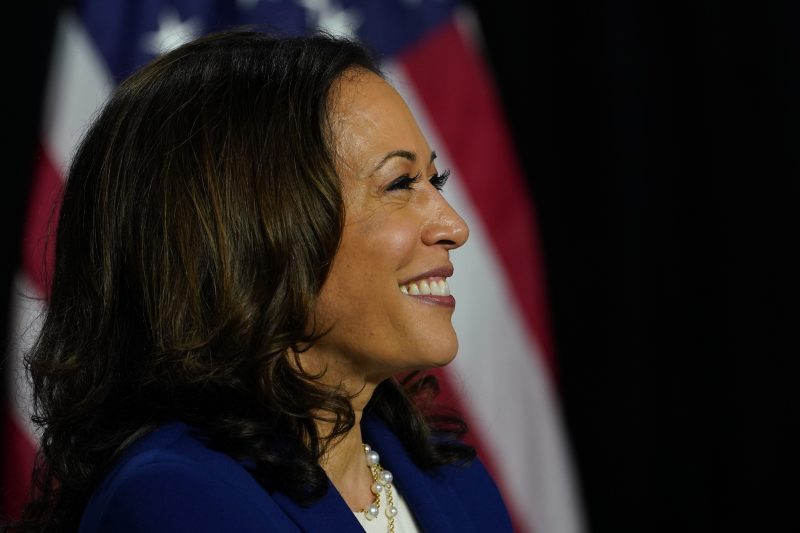Throughout history, education has played a crucial role in shaping individuals’ perspectives on race and equality. One prominent example of how school desegregation influenced a political figure’s views on race is the case of Kamala Harris. As a young girl living in Berkeley, California, Harris was part of the second class of students bused in a desegregation program that aimed to integrate schools and provide equal educational opportunities for all students. Kamala Harris’s experience with busing helped shape her understanding of racial inequality and social justice, influencing her future career in public service as a senator and eventually the Vice President of the United States.
The concept of busing, particularly in the context of school desegregation, has been a controversial issue in American history. Busing involved transporting students from one neighborhood to another to achieve racial balance in schools. In the 1970s when Harris was a student, busing was implemented to combat school segregation and provide African American students with access to better educational facilities and opportunities that were previously denied to them. By participating in this program, Harris was exposed to the realities of racial inequality and the challenges faced by minority communities in accessing quality education.
Harris’s experience with school desegregation through busing not only exposed her to the deep-seated racial disparities in American society but also instilled in her a sense of empathy and understanding towards marginalized communities. Growing up in a diverse environment due to busing, Harris learned firsthand the importance of integration and inclusivity in educational settings. This early exposure to racial diversity and equality shaped her views on social justice and civil rights, laying the foundation for her future advocacy for marginalized groups as a prosecutor, attorney general, senator, and eventually Vice President.
Furthermore, the impact of busing on Kamala Harris’s views of race highlights the power of education in influencing individuals’ perspectives on social issues. School desegregation efforts like busing not only aimed to address racial segregation in schools but also served as a catalyst for fostering empathy, understanding, and solidarity among students from different racial backgrounds. Harris’s personal journey through busing exemplifies the transformative potential of integrated education in promoting social cohesion, breaking down racial barriers, and nurturing future leaders committed to advancing racial equality and justice.
In conclusion, Kamala Harris’s experience with school desegregation through busing played a pivotal role in shaping her views of race and equality. Through this program, Harris gained firsthand insights into the challenges faced by marginalized communities and developed a deep commitment to social justice and civil rights. Her journey from being a bused student to becoming the Vice President of the United States exemplifies the enduring impact of education in shaping individuals’ perspectives and fostering a more inclusive and equitable society. Kamala Harris’s story serves as a testament to the transformative power of education in promoting racial integration, empathy, and solidarity, ultimately influencing her career as a trailblazing leader and advocate for social change.

